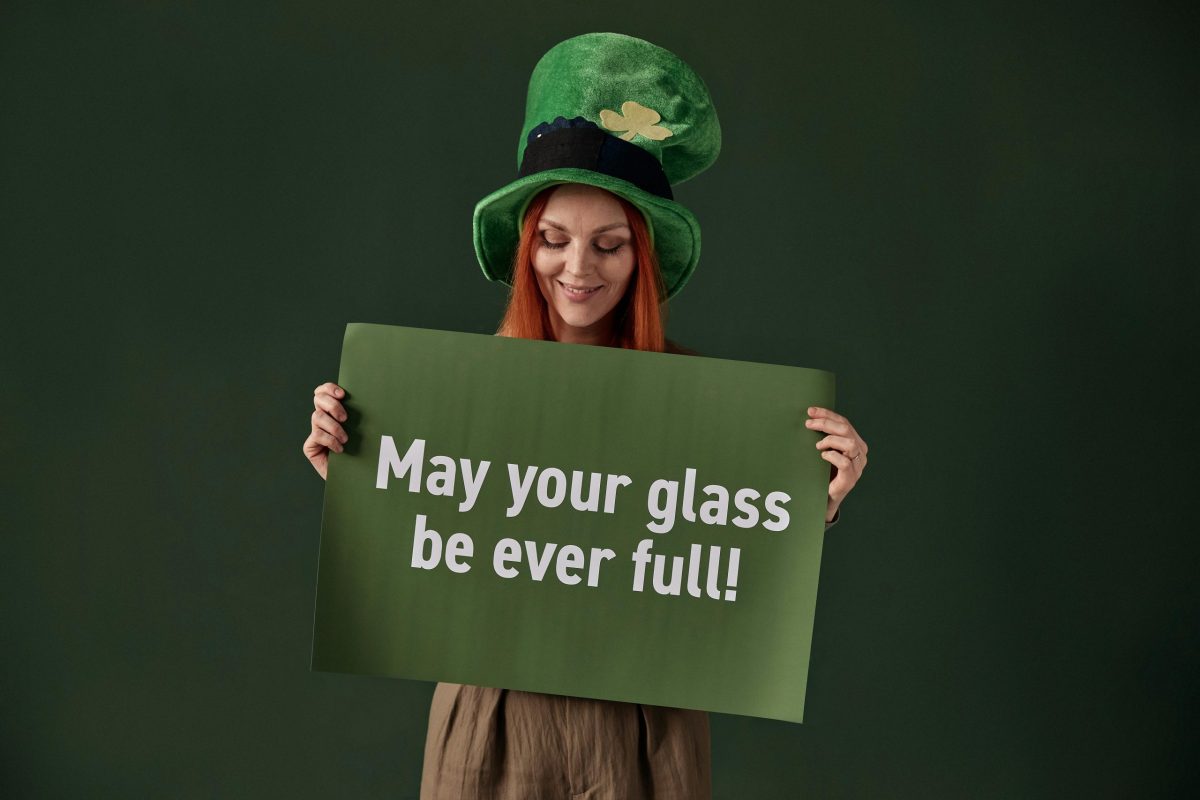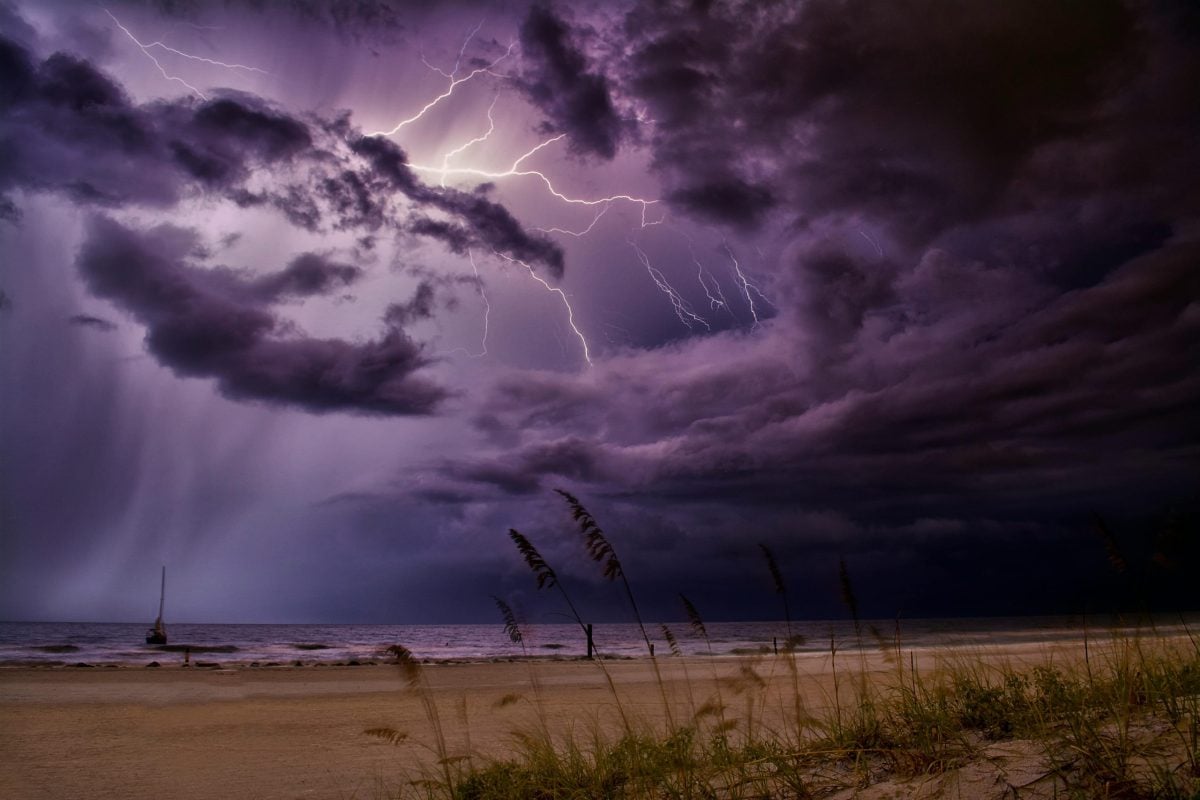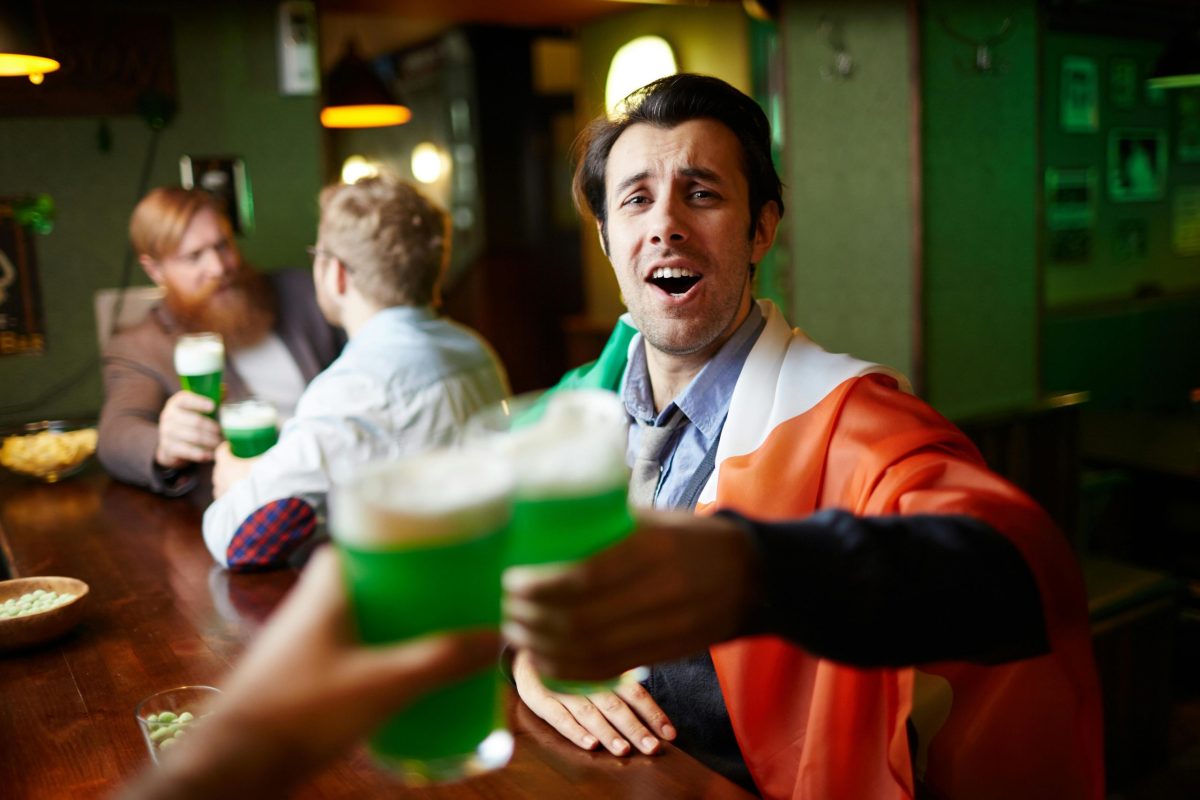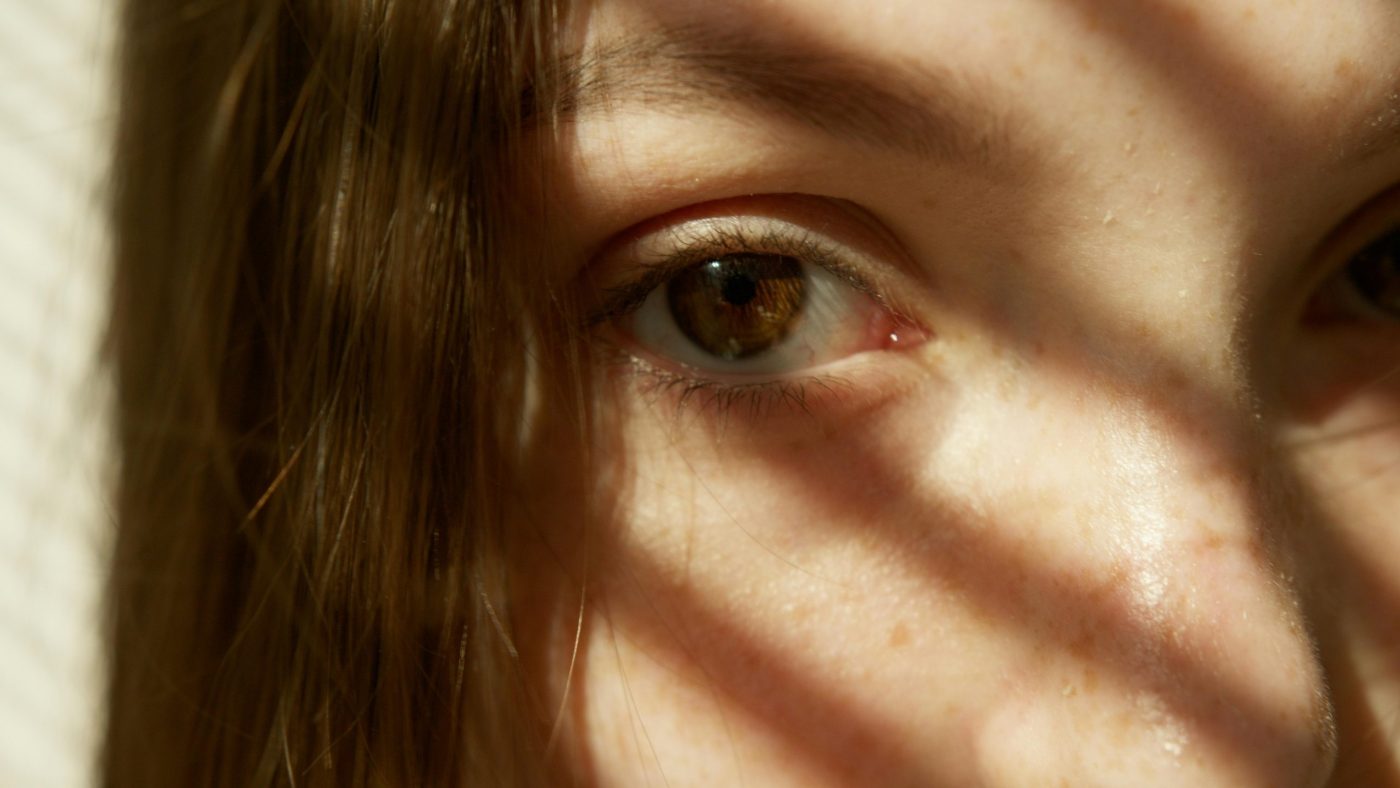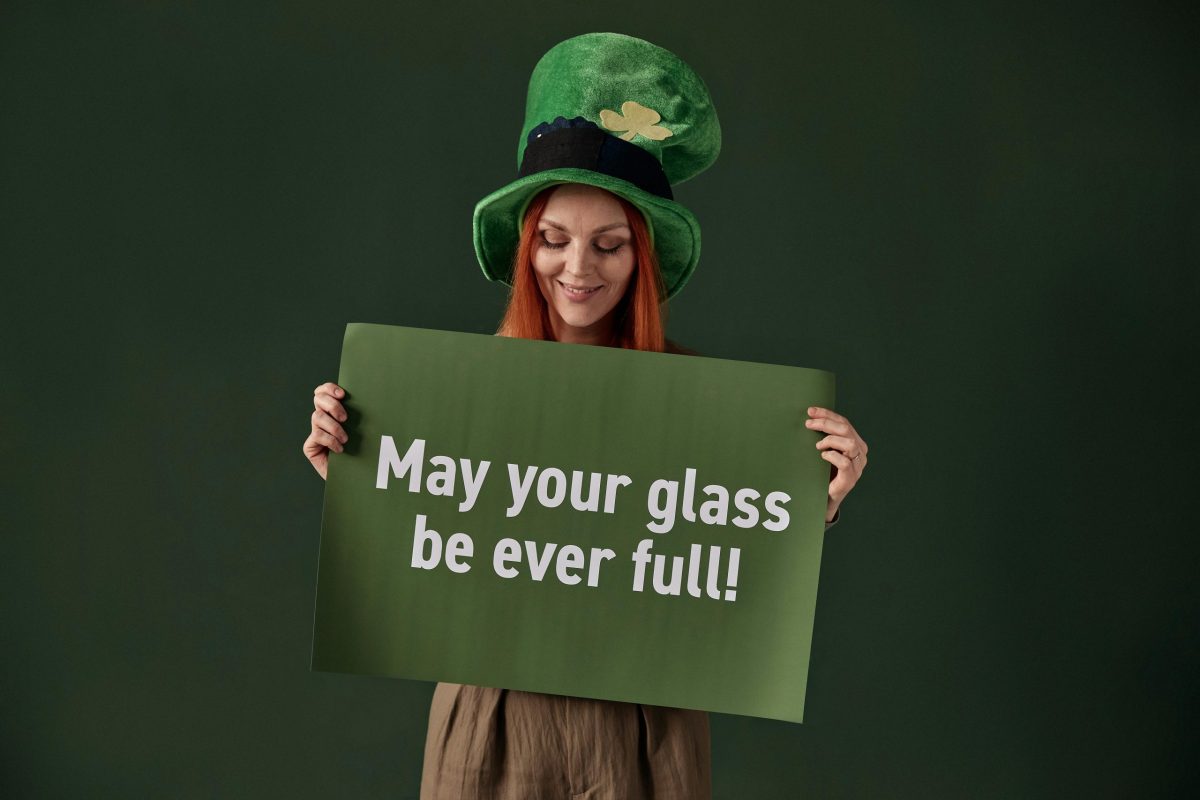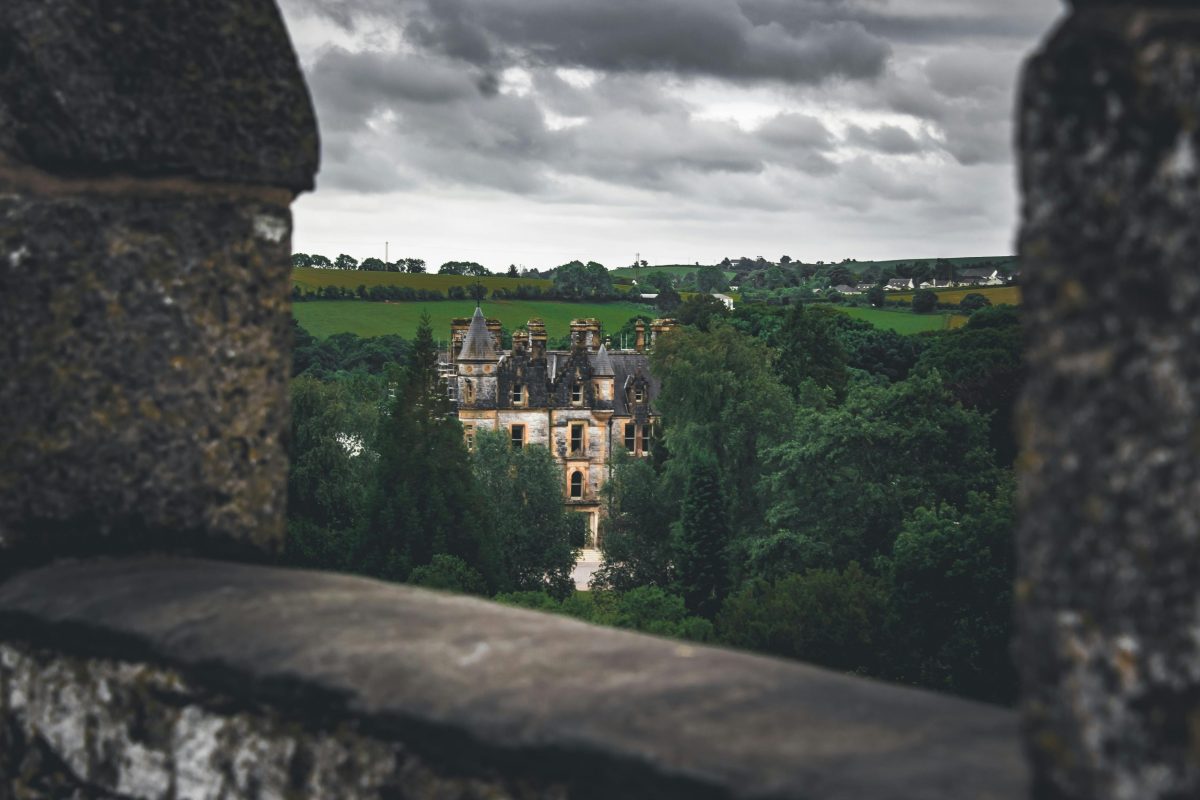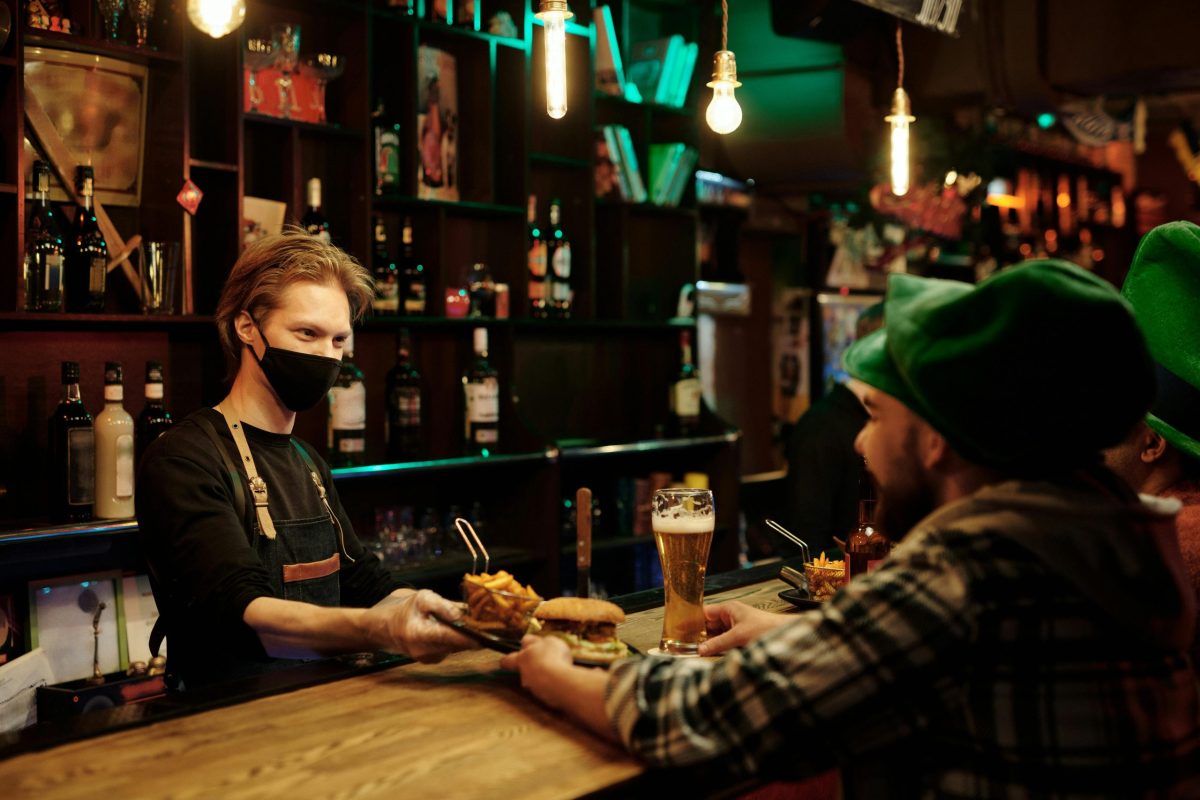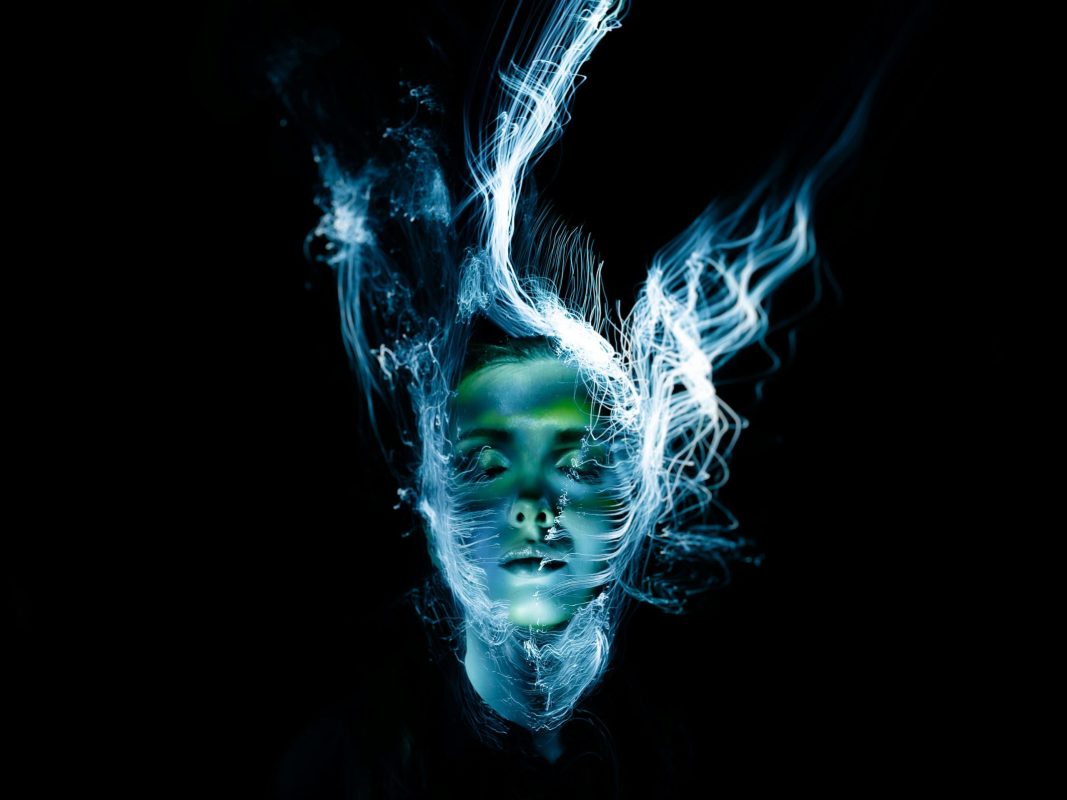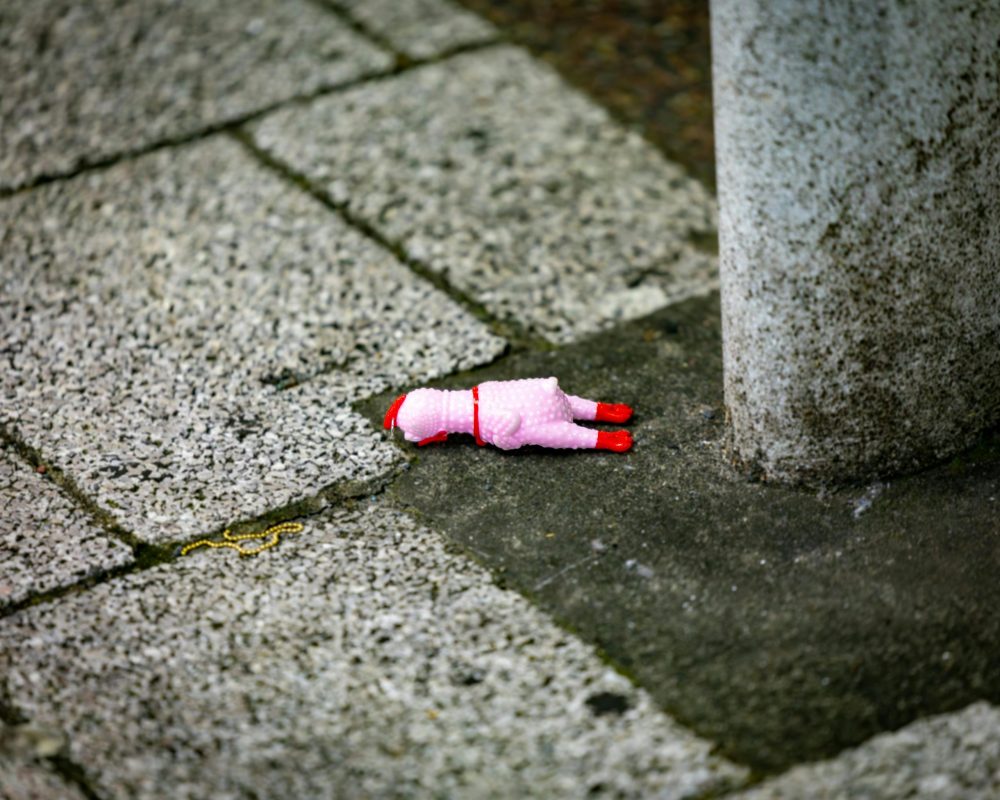Local Man Claims He Can Predict the Weather After 10 Pints—’It’s Always Going to Rain, Isn’t It?’
Estimated reading time: 5 minutes
Key Takeaways
- Weather predictions often come from local wisdom and humor.
- The significance of weather goes beyond mere forecasts; it reflects cultural identity.
- Every raindrop holds memories and stories that connect us to our roots.
Table of Contents
Introduction
The Heart of the Story
The Wider Echo
The Now & The Next
Did You Know?
FAQs
Final Word
Introduction
Ah, the mighty rain of Ireland. It falls heavier than a woman’s tears at a funeral, and twice as unpredictable as the politics that sway our hearts. In every pub across this green isle, you’ll find a local character nursing an indeterminate number of pints, claiming he holds the secrets to the sky’s whims. “Always going to rain,” he’ll mutter, as if he’s divined it from the depths of the stout. Today, let me take you on a journey through the heart of one such wise fool—from the cobbled streets of Kerry to the counters of your memory.
The Heart of the Story
Picture this: it’s a Tuesday evening in Tralee, snug between the mountains and the sea, and Seamus O’Rourke is holding court. He’s a local lad, cheeks flushed as bright as the sunsets that unfold over Banna Strand. “Ten pints, lads, and I can tell you if we’ll need our brolly tomorrow!” he announces, laughter spilling forth like the Guinness he swears by. Through the haze of cigarette smoke and banter, he makes a compelling case. He recalls yesterday’s drizzle that caught him unawares on his way to the shop, shoes squelching, dignity drenched. It’s pure comedy, a reminder that we all know how capricious our skies can be. With each pint, he spins tales of his youth, lost loves, and the infamous time he said it’d rain at the races—though the forecast was indeed sunny. Ah, but isn’t that the spirit of the Irish? We’re forever chasing the sun, laughing through the downpour.
The Wider Echo
But beyond the punchlines and the pints lies something deeper. In every drop that falls, there’s a memory of emigration. Kerry families scattered far and wide, from Chicago to Sydney, clutching to their roots as fiercely as we cling to our umbrellas. Ask any expat and they’ll tell you—a good cuppa or a bad forecast can bring you back home quicker than any plane ticket. Weather seems trivial until you realize it marks the seasons of our lives, the comings and goings of our people. And as we gather under the familiar rain, we share our stories—like Seamus—reminding us of home in Dublin, or a sunny day by the Dingle Peninsula, or perhaps the heartbreak of a lost championship match.
The Now & The Next
Now, as we navigate a world clouded by housing crises and economic uncertainty, the weather holds new significance. We look to the skies not just for rain, but for hope. Just like that local lad with his pints, we’re hoping for a brighter future—better homes for our families, a winning game for our teams. In every corner of the world, from Boston to Ballincollig, we’re clinging on to our identity, trying to outrun the rain of despair with laughter and resilience. Maybe the real prediction is this: No matter how many pints in, or how bleak the forecast, the heart of the Irish will shine through.
Did You Know?
- The average Irish person consumes 131.1 liters of beer per year—much of it likely while pondering the weather.
- Tourists flock to Ireland, creating a booming economy that relies heavily upon our pub culture and weather, with a rainy reputation that keeps them seeking shelter (and a pint) in our local bars.
FAQs
Can Seamus really predict the weather?
Well, if you ask him, he’ll say yes. But in reality, he’s just really good at reading the rain—and the room. Give him a pint and he’ll tell you tales that keep the sky shining a little brighter.
What’s the connection between Ireland’s weather and our culture?
Ireland’s weather affects our mood, our history, and even our songs. Through the rain and the sun, it paints our lives, reminding us that no matter where we are, we’re always fighting the good fight.
Final Word
So here’s to the local lads, the Seamus O’Rourkes of our world—may they always lift our spirits sky-high, rain or shine. If you carry the same pride we do, you’ll find a piece of home waiting at
HubIrish.com.

